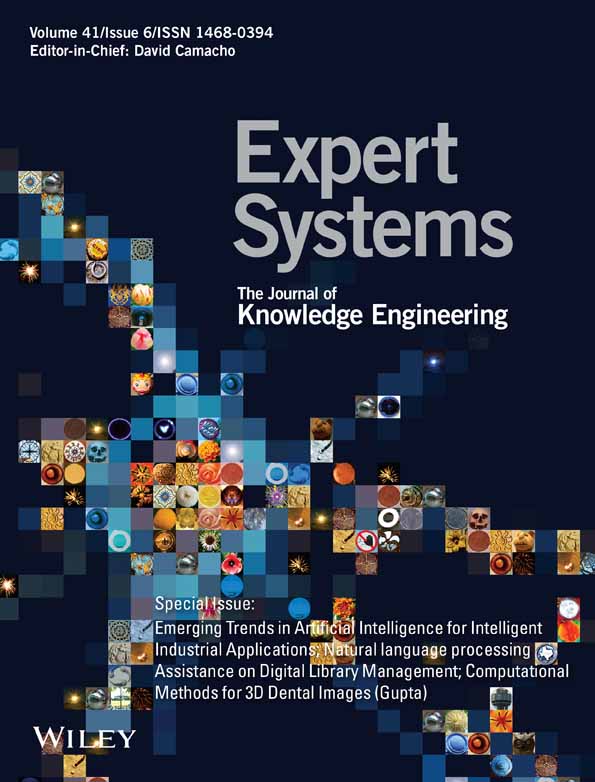RETRACTED: Natural language processing with deep learning enabled hybrid content retrieval model for digital library management
Abstract
In recent times, natural language processing (NLP) technique has received significant attention in content retrieval (CR) domain. The emergence of digital libraries, in recent years, enables people from across the globe to access and store books, documents, and literature of multiple kinds. The development of NLP models has considerably improved the performance in terms of digital library management. In this scenario, artificial intelligence-based expert systems are required to handle massive quantities of data that exist in digital libraries and achieve effective CR performance. In this background, the current study designs NLP with deep learning enabled hybrid content retrieval (NLPDL-HCR) model for digital library management. The aim of the presented NLPDL-HCR is to effectually retrieve the images as well as textual data from digital libraries based on a user's query. The proposed NLPDL-HCR model encompasses two major stages namely, text retrieval and image retrieval (IR). During text retrieval process, the proposed NLPDL-HCR model includes term frequency inverse document frequency vectorizer with optimal gated recurrent unit (GRU) model. The hyperparameters of the GRU model are optimally adjusted with the help of RMSProp approach. Besides, the IR process involves three sub-processes namely, densely connected networks-based feature extraction, butterfly optimization algorithm-based hyperparameter tuning, and Euclidean distance-based similarity measurement. The experimental analysis results, accomplished by the proposed NLPDL-HCR model using benchmark datasets, highlighted its superior performance over recent state-of-the-art approaches.
CONFLICT OF INTEREST
The authors declare that they have no conflict of interest. The manuscript was written through contributions of all authors. All authors have given approval to the final version of the manuscript.
Open Research
DATA AVAILABILITY STATEMENT
Data sharing is not applicable to this article as no new data were created or analyzed in this study.




